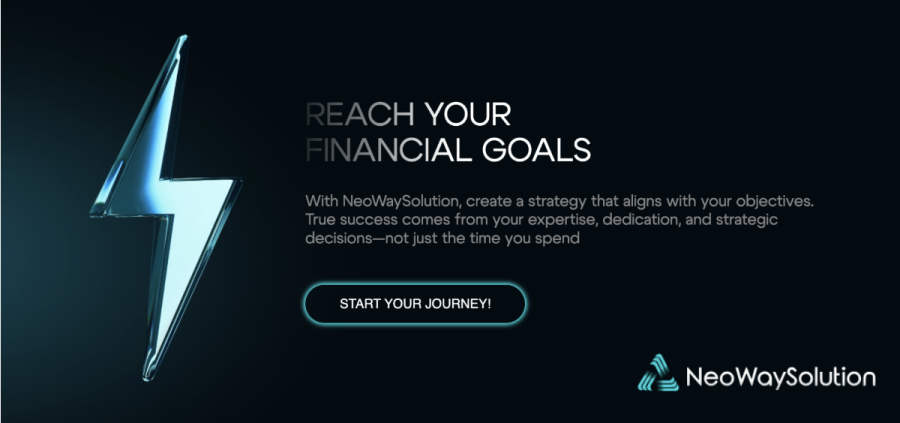In today’s digital economy, search engine optimization (SEO)
has evolved far beyond keyword stuffing and link-building exercises. It has
become an integral part of business strategy, influencing brand visibility,
customer acquisition, and revenue growth. To successfully align SEO roles with
business goals, companies must first understand that SEO is not an isolated
tactic but a strategic function interwoven into the broader business landscape.
Leadership teams should ensure that SEO professionals have a clear
understanding of the company’s mission, long-term goals, and the competitive
landscape.
An essential first step in this alignment is identifying how
SEO contributes to overarching business outcomes. Whether the goal is
increasing brand awareness, driving qualified leads, or boosting e-commerce
sales, SEO teams need to translate these goals into actionable initiatives.
These include content optimization, technical site improvements, and
link-building strategies. By mapping SEO tasks to tangible business metrics,
companies can create a sense of ownership and accountability among SEO
professionals.
Establishing a
well-structured SEO team is a pivotal component of aligning efforts with business
objectives. Different functions — from technical SEO experts who ensure site
health to content strategists who craft relevant, optimized material — must be
clearly outlined with distinct responsibilities. These roles should not operate
in isolation but should instead be tied directly to measurable business
outcomes, such as customer acquisition or revenue growth. When each team member
understands how their contribution supports broader goals, efforts become more
coordinated, impactful, and results-oriented. This clarity fosters a sense of
ownership and direction that strengthens both individual performance and
overall company success.
Defining Clear
and Measurable Objectives
Setting clear and measurable objectives is the foundation for
aligning SEO roles with business goals. Too often, companies fail to move
beyond vanity metrics like traffic volume or keyword rankings. While these
indicators provide surface-level insights, they don't necessarily correlate
with revenue or customer loyalty. Instead, objectives should focus on KPIs that
genuinely impact the business, such as conversion rates, customer retention,
and average order value.
Clear objectives begin with a deep understanding of what
success looks like for the company. For an e-commerce brand, this might mean
increasing organic sales by 25% year-over-year. For a SaaS company, it could
involve boosting trial sign-ups through organic channels. SEO managers must
then translate these goals into specific initiatives — for example, creating
pillar content to target high-intent queries or improving page load speed to
enhance user experience.
Moreover, these objectives should be dynamic and subject to
regular review. Market conditions, search engine algorithms, and customer behavior
evolve constantly. What worked a year ago may not be effective today. Frequent
performance assessments ensure that SEO initiatives remain aligned with
business priorities and that adjustments are made in real time to respond to
new challenges and opportunities.
Integrating SEO
Into Product and Marketing Teams
SEO should not function as a siloed department. The
best-performing organizations integrate their SEO teams closely with product
development and broader marketing initiatives. This collaborative approach
ensures that SEO strategies are baked into product launches, promotional
campaigns, and customer engagement strategies from the ground up. Such
integration prevents missed opportunities and duplication of efforts.
Product teams benefit from SEO insights by developing
features and content that meet user demand and search intent. This requires
continuous communication between SEO professionals and product managers.
Understanding what users are searching for can inform product design and
feature prioritization, ultimately aligning both product development and SEO
efforts with business goals.
Marketing teams also play a vital role in this ecosystem.
Content creation, paid media, and social media strategies are more effective
when SEO insights are factored in early on. Regular cross-functional meetings
can help bridge communication gaps, ensuring that campaigns are aligned and
that each initiative supports both marketing and SEO objectives simultaneously.
Leveraging Data
to Drive Decision-Making
Data is the linchpin of effective SEO alignment with business
goals. SEO teams have access to an abundance of data, ranging from keyword
trends and backlink profiles to user engagement metrics and conversion rates.
However, data without context is meaningless. The key lies in transforming raw
data into actionable insights that support business priorities and inform
strategic decisions.
For instance, traffic and ranking data should be analyzed in
conjunction with revenue and customer behavior metrics. This combined analysis
can reveal whether organic visitors are converting into paying customers or
simply bouncing off the site. By focusing on these deeper understanding, SEO
professionals can refine their strategies to target high-value audiences and
contribute more effectively to business outcomes.
Additionally, predictive analytics and forecasting can help
SEO teams anticipate market changes and adjust strategies proactively. These
tools allow for scenario planning and help prioritize efforts that offer the
greatest potential ROI. In this way, SEO becomes a forward-looking, strategic
function rather than a reactive, tactical one.
Establishing
Regular Communication Channels
Open and consistent communication between SEO teams and
business leadership is essential for ongoing alignment. Without regular updates
and strategic discussions, SEO efforts risk becoming detached from evolving
business priorities. Senior leadership should schedule monthly or quarterly
meetings with SEO managers to review progress, discuss challenges, and
recalibrate goals.
These meetings should go beyond simple performance reports.
They should facilitate two-way dialogue, where SEO teams can provide market
insights gleaned from search data and leadership can update teams on shifts in
company strategy. This collaborative exchange ensures that SEO remains agile
and responsive to both external market dynamics and internal business shifts.
Furthermore, establishing a centralized dashboard that tracks
SEO metrics alongside key business indicators can keep all stakeholders
informed. Transparency fosters trust and enables data-driven decision-making at
every level of the organization. This alignment is critical for maintaining
focus on long-term objectives while still achieving short-term wins.
Investing in Training
and Continuous Development
SEO is a rapidly evolving field, and continuous learning is
essential for maintaining alignment with business goals. Algorithm updates, new
technologies, and shifting consumer behaviors mean that SEO strategies must
continually adapt. Companies that invest in ongoing training for their SEO
teams are better positioned to stay ahead of the curve and maintain strategic
alignment.
Training programs should be comprehensive, covering technical
SEO, content strategy, data analysis, and emerging trends like AI and voice
search. This multifaceted approach equips SEO professionals with the skills
needed to make meaningful contributions to business objectives. It also fosters
a culture of innovation, encouraging teams to experiment with new tactics and
approaches.
In addition to formal training, SEO teams should be
encouraged to attend industry conferences, participate in webinars, and engage
with thought leaders. This exposure to new ideas and best practices can spark
creative solutions that align SEO efforts with evolving business needs.
Ultimately, continuous development ensures that SEO remains a dynamic and
value-driven component of the company’s broader strategic framework.









